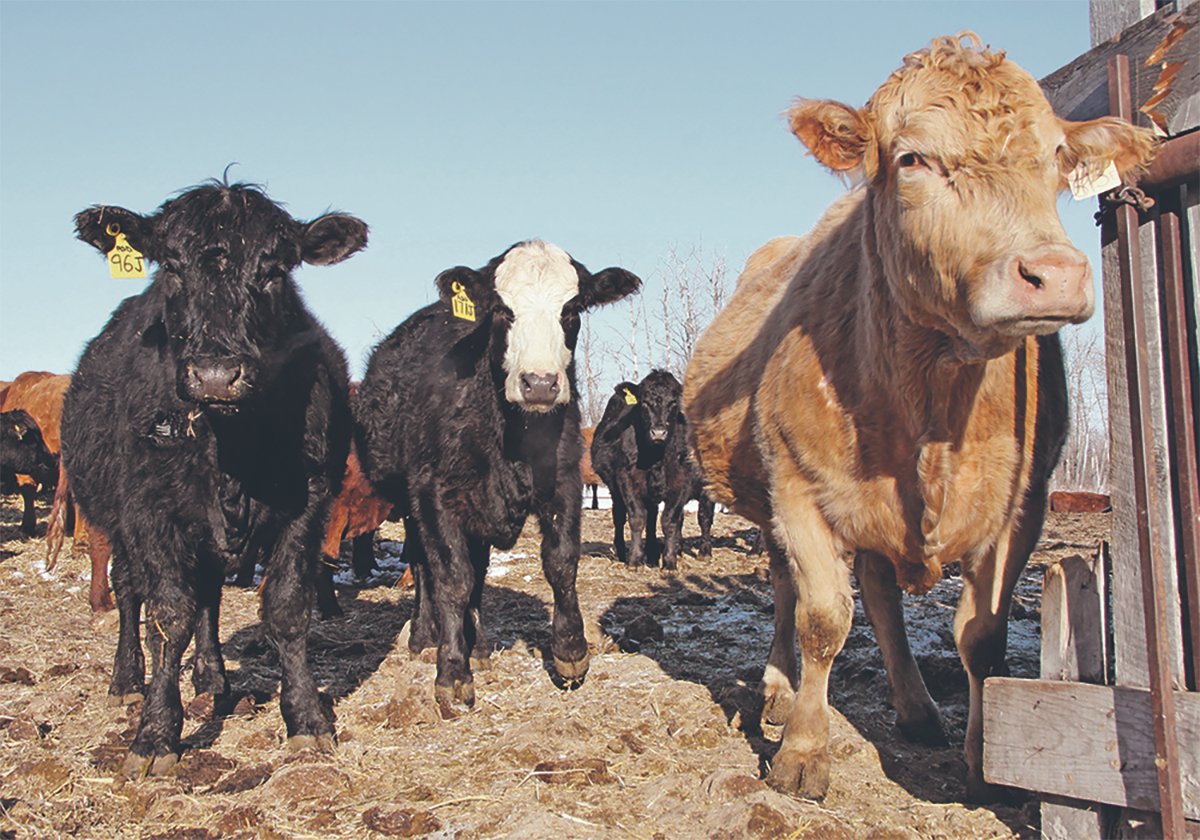Farmers considering grazing cattle on swaths this fall should set up electric fences.
Field trials at the Western Beef Development Centre’s research farm near Lanigan, Sask., late last fall showed that swath grazing can be a low-cost way to extend the grazing season.
“The key to the economic viability of swath grazing is to maximize the amount used by the cows. To do this, electric fencing is a must. It forces the cows to clean up the swaths,” said Bart Lardner, beef technology transfer co-ordinator at the centre.
Read Also

Livestock inspection costs increase in Saskatchewan
The Sept. 1 50-cent increase to livestock inspection fees may seem like another hit when everything is going up, but the chief executive officer of Livestock Services of Saskatchewan said producers should consider the value they receive in return.
Field trials began by seeding barley at two bushels per acre on one field, and a mixture of barley and peas at a bushel each per acre on another. The crops were swathed in early September, producing nearly two tons per acre of dry matter.
In November, 80 crossbred cows were allocated to each field. Electric fencing restricted their movements.
Lardner said the protein quality and total digestible nutrients of both fields increased slightly from September to November, then declined in December. There was some mould and fungal growth on the barley/pea mix due to wet conditions.
The cows grazing the barley/pea mix gained slightly more than did those grazing the barley swaths. On average, cows entering the trial and at the end of the study maintained a body condition score of three. The cost per cow per day for the barley was 52 cents and 86 cents for the barley/pea mix.
Ian McNinch, WBDC production economist, said if farmers could get 90 percent of the barley/pea dry matter by baling it, the per-cow-per-day costs would be comparable to swath grazing in which 50 percent of the dry matter is used.
“If 90 percent of the swaths are swath grazed by the cows, the cost per cow per day is much less. That’s why electric fencing is so necessary.”
Swath grazing barley/peas and barley by itself extended the grazing season 30 and 38 days respectively. Forage quality remained adequate and cows gained slightly throughout the study.
“Still, if the land base could be put to a more cost-effective method of producing winter feedstuffs, for example, seeding and fertilizing a perennial pasture such as alfalfa, other alternatives must be considered,” Lardner said.
“Swath grazing is not the be-all and end-all. It’s a useful tool, especially in co-operation with other management practices such as stockpiling forages for fall.”
















